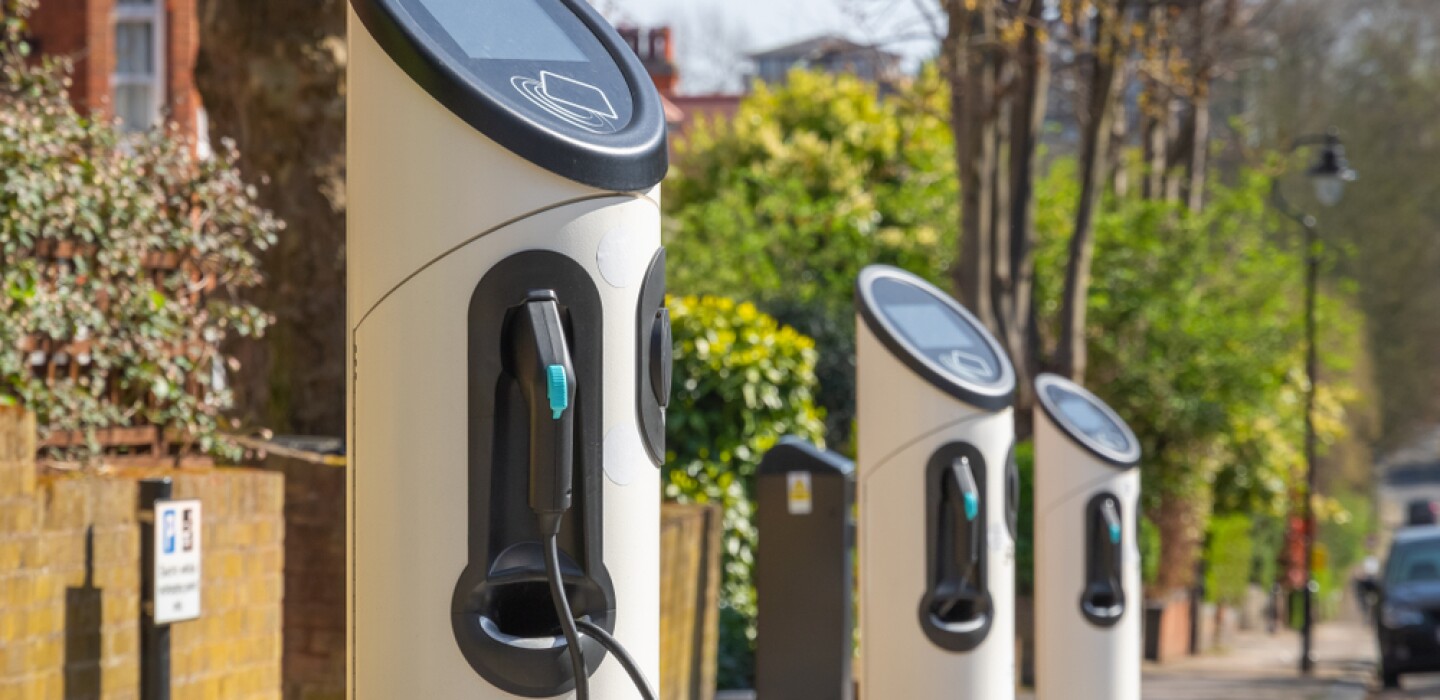Effort to Replenish Mangroves in Brazil

A collaborative effort led by a diverse coalition of organizations is underway to conserve and restore mangroves in the Greater Florianópolis area on Brazil’s southern Atlantic coast. Mangroves play a vital role in mitigating climate change and supporting biodiversity, making them essential for the health and resilience of coastal ecosystems. The initiative, known as the “Roots of Cooperation” project or “Raízes da Cooperação” locally, aims to address the urgent challenges posed by climate change through a combination of restoration, environmental education, and scientific research.
Mangroves are unique ecosystems found in brackish waters between the sea and river environments. They serve as nurseries for aquatic species and are highly effective at carbon sequestration, storing up to 15 times more carbon per hectare than terrestrial forests. Additionally, they offer protection to coastal areas from erosion and sea waves, making them crucial for coastal cities facing the impacts of rising sea levels and intensified storms.
Despite their importance, mangroves are under threat from urbanization, invasive species, pollution, fires, and climate change. The Greater Florianópolis area, with its significant mangrove forests, is particularly vulnerable to these threats. Projections by the Intergovernmental Panel on Climate Change (IPCC) suggest that sea levels could rise by 20 centimeters by 2050, heightening coastal erosion and flood risks.
The Roots of Cooperation project involves a network of public institutions, civil society organizations, conservation units, and community members. This collaborative effort focuses on restoring mangroves in densely populated river basins and protected areas, benefiting various social groups, including Indigenous communities and small-scale fishers.
Scientific research is a key component of the project, aiming to understand the role of mangroves in climate mitigation. Studies focus on carbon sequestration and the impacts of sea level rise, with research comparing natural and artificially created mangroves to determine their carbon storage capacities. These findings will inform future conservation strategies and policy-making.
Furthermore, geographic and spatial analyses are being conducted to map flood-prone areas and assess the impacts of urban expansion on vulnerability to extreme weather events. This research underscores the need for effective public policies to prevent disasters and ensure sustainable urban development.
The project, scheduled to run from February 2023 to February 2025, is structured around three main pillars: restoration, education, and research. Restoration activities include replanting native species, removing invasive ones, and restoring 10 hectares of mangroves and salt marshes in key areas. This work is expected to indirectly protect 55 hectares of interconnected ecosystems, improving their resilience.
Environmental education is another crucial aspect of the project. Over 600 community members have already been engaged through seminars, workshops, and training courses on topics such as ecological restoration and citizen science. By project completion, 2,000 individuals are expected to participate, fostering a community-driven approach to conservation.





